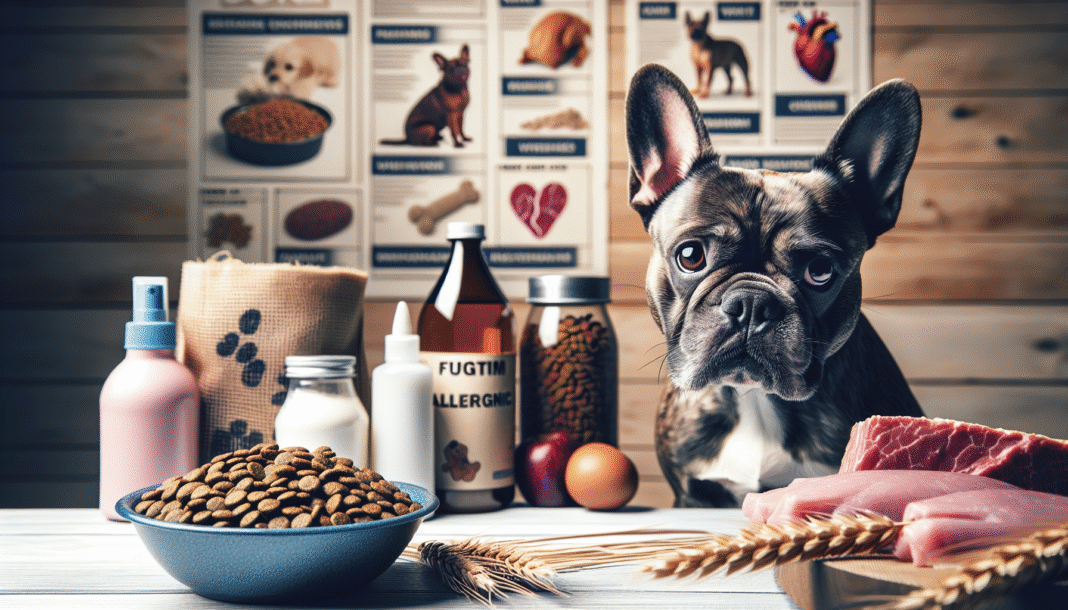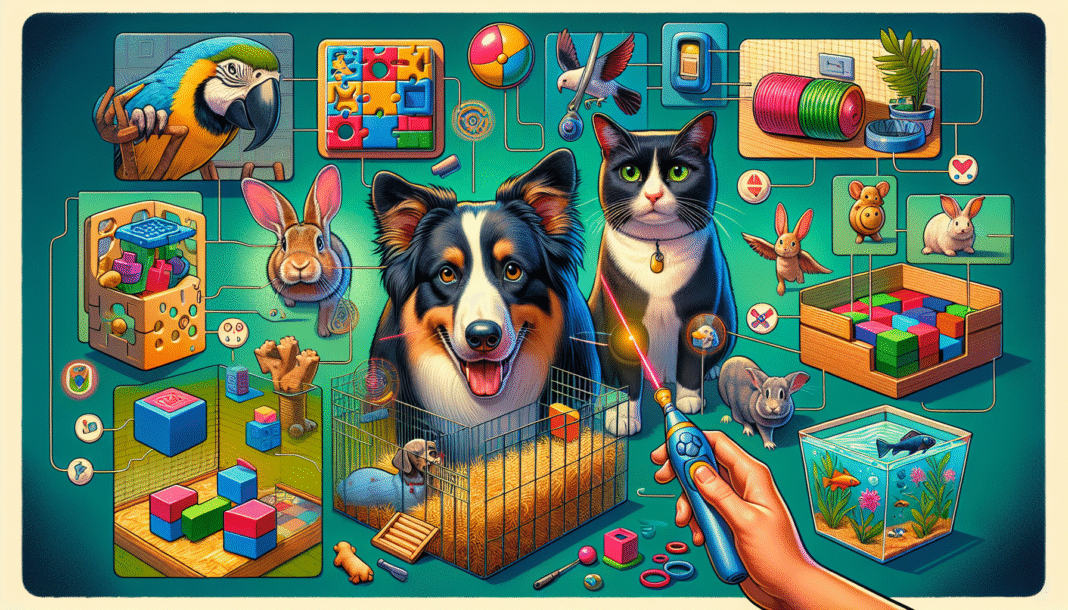Dog food allergies can be a frustrating issue for pet owners, often leading to discomfort for our furry friends. Understanding the key symptoms, causes, diagnosis, treatment, and preventive measures can help you manage your dog’s health effectively. Let’s dive into the essentials.
What Are Dog Food Allergies?
Dog food allergies occur when your dog’s immune system reacts adversely to certain ingredients in their diet. These ingredients can include proteins, grains, or additives. Unlike food intolerances, which primarily affect digestion, allergies activate the immune response and can lead to various symptoms.
Common Causes of Dog Food Allergies
While any ingredient can potentially cause an allergic reaction, some of the most common culprits include:
- Proteins: Beef, chicken, lamb, and dairy are frequent triggers.
- Grains: Wheat, corn, and soy can provoke reactions in some dogs.
- Additives: Preservatives and artificial flavors may also elicit allergies.
Knowing these potential allergens can help you make informed choices about your dog’s diet.
Key Symptoms of Dog Food Allergies
Identifying food allergies early is crucial. Here are some symptoms to watch for:
1. Skin Issues
One of the most noticeable symptoms is skin irritation. This can manifest as:
- Itching: Dogs may scratch excessively or bite at their skin.
- Redness: You may notice inflamed areas, especially in the ears, paws, or belly.
- Hot Spots: These are areas of localized inflammation or infection.
2. Gastrointestinal Distress
Food allergies often disrupt the digestive system. Signs include:
- Vomiting: Frequent vomiting can signal an allergy or intolerance.
- Diarrhea: Loose stools or chronic diarrhea may be symptoms.
- Flatulence: Excessive gas can indicate digestive distress due to allergies.
3. Ear Infections
Recurrent ear infections can be a sign of food allergies. Symptoms may include:
- Foul Odor: A noticeable smell from the ears.
- Discharge: Any fluid or debris coming from the ear canal is worth discussing with your vet.
- Head Shaking: Dogs may shake their heads or scratch at their ears excessively.
4. Behavioral Changes
Food allergies can also lead to behavioral changes:
- Lethargy: Your dog might seem more tired than usual.
- Anxiety or Irritability: Discomfort from allergies can make your dog more on edge.
Diagnosing Food Allergies
If you suspect your dog has a food allergy, consult with your veterinarian for a proper diagnosis. They may suggest:
- Allergy Testing: This could include blood tests or skin tests to identify specific allergens.
- Elimination Diet: A trial period with limited ingredients helps pinpoint the offending food. Follow this carefully, as it is critical for accurate results.
Treatment Options
Once a food allergy is diagnosed, your veterinarian will recommend appropriate treatment options, including:
1. Dietary Changes
- Hypoallergenic Diets: These special formulas contain novel proteins and carbohydrates, minimizing the chances of an allergic reaction.
- Homemade Diet: In some cases, preparing your dog’s meals using vetted ingredients allows for better control over what they eat.
2. Medications
Your vet may prescribe medications to manage symptoms during the transition:
- Antihistamines: Help reduce itching and inflammation.
- Corticosteroids: In some instances, short-term use may be necessary to control severe symptoms.
3. Ongoing Monitoring
Regular follow-ups with your vet will ensure your dog is responding well to treatment and can help adjust diets as needed.
Preventing Food Allergies in Dogs
While you can’t always prevent food allergies, you can take proactive steps:
1. Gradual Diet Changes
When introducing new foods, do so gradually to minimize digestive upset. Transition over several days to help your dog adapt.
2. Avoid Common Allergens
Avoid feeding your dog highly processed foods with artificial ingredients. Stick to high-quality dog food with recognizable ingredients.
3. Regular Check-ups
Routine vet visits can help catch potential food allergies early, allowing for quicker intervention.
4. Stay Informed
Stay updated on pet nutrition research, as new information about dog food allergies and dietary needs is continually emerging.
Incorporating these preventive measures can enhance your dog’s quality of life and minimize the risk of developing food allergies.
Practical Tips for Pet Owners
- Read Labels: Always check ingredient lists for potential allergens.
- Keep a Food Journal: Track your dog’s diet and any symptoms; this can help your vet determine any correlations.
- Communicate with Your Vet: Keep an open line of dialogue regarding your dog’s diet and health status.
By staying vigilant and informed, you can help your dog live a healthier, happier life free from the discomfort of food allergies.





